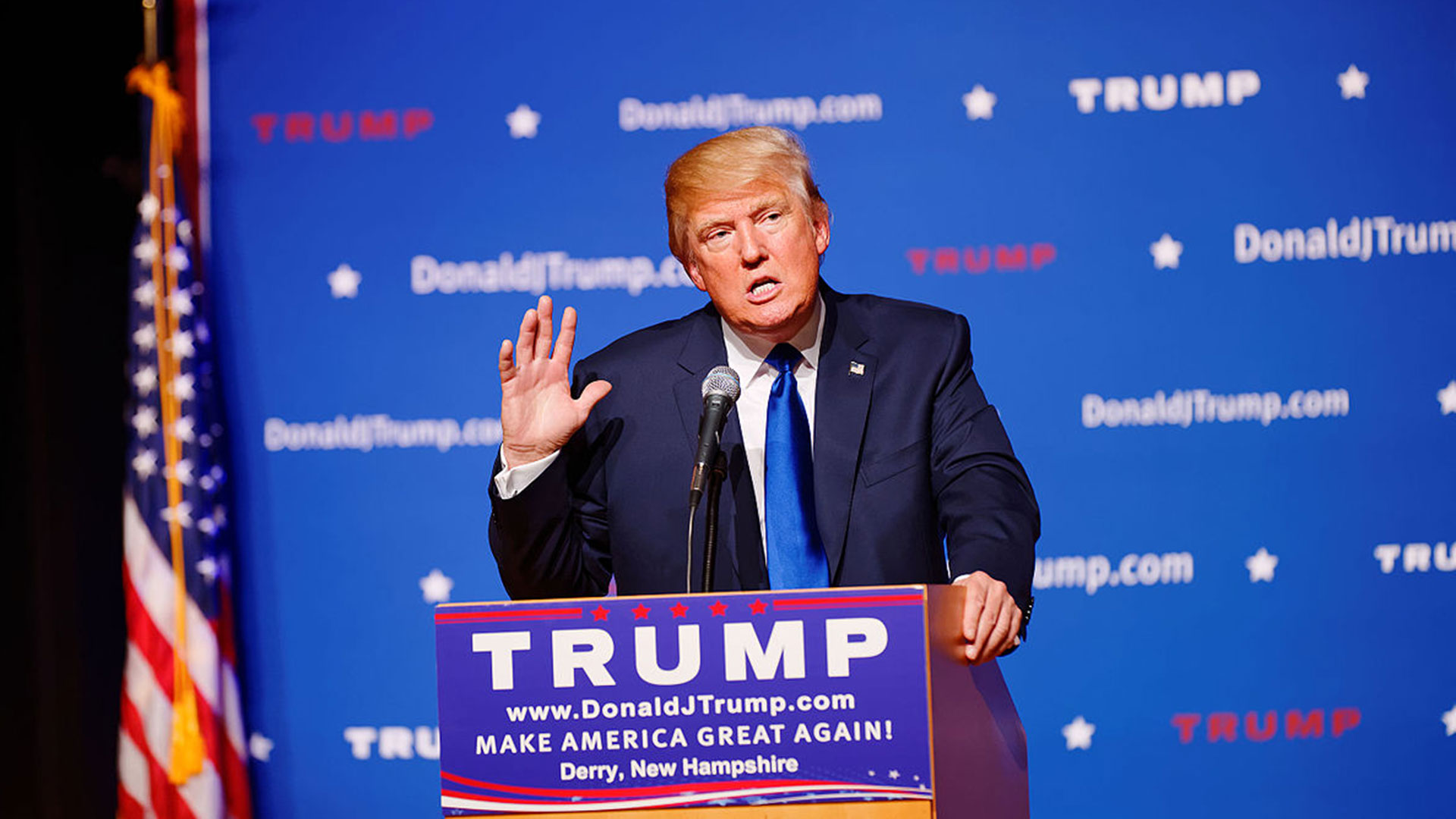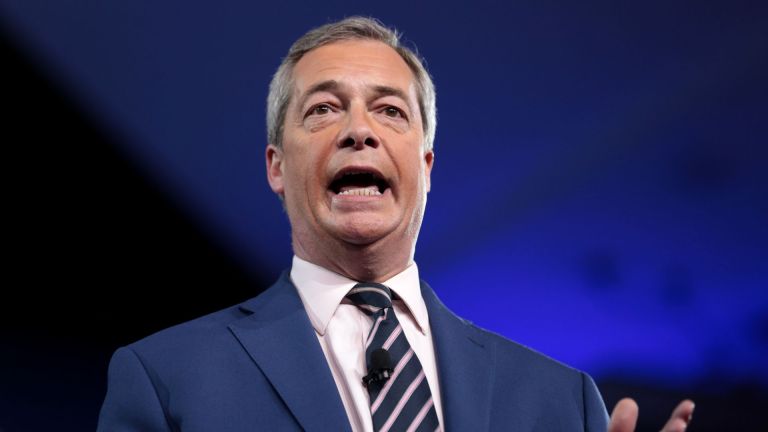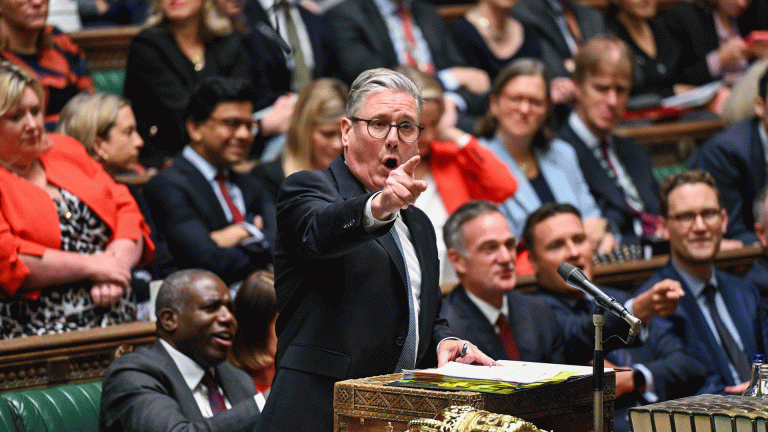“The intent of the lawsuit was not about the United Klans of America having tonnes of money,” Beirich says. “The point was we were going to take everything they had so they would be bankrupt and unable to function. We began suing hate groups out of existence, taking their property, shutting down their activities. Over the years we have sued and bankrupted 10 major racist organisations.”
While working on the Donald case, the SPLC realised that nobody knew how many Klan chapters there were in the country, where they were or what they were doing. They started compiling lists of hate and anti-government groups, making the information available to law enforcement and the public.
The team is finalising its statistics for this year but are currently monitoring more than 1,600 extremist groups, whether they are the Ku Klux Klan, neo-Nazis, white nationalists, black separatists, neo-Confederates, racist skinheads, Radical Traditional Catholics, Christian Identity adherents, anti-LGBT groups or anti-government militias.
Of that number, 784 are hate groups. There are 142 neo-Nazi and 72 Ku Klux Klan groups. Two thirds of the total are white supremacists.
“The amount of hate groups is twice the number we had in the 1990s,” Beirich says. “In the 1990s the number moved around a little but stayed between 400 to 500. That changed in the year 2000 when we saw a steady rise begin to emerge. We went to 602 hate groups in 2000 to over 1000 a few years later. That growth was spurred by the Census Bureau announcing in 2000 that by 2042 the United States would no longer have a white majority. If you’re in a white supremacy group, that’s scary to you, right? We saw that movement start to organise and add chapters.”
Did the election of President Obama cause the numbers of racist groups to go up?
Advertising helps fund Big Issue’s mission to end poverty
“I would say it added to it but the fact that the number of hate groups began rising at the start of George W Bush’s administration shows that it was less about Obama and more about the fact that this country is changing, and very quickly.”
Beirich explains that the definition of a hate group is one that attacks or maligns an entire group of people based on their inherent characteristics.
“The Nation of Islam believe all whites, and the key words are ‘all whites’, are blue-eyed devils – inherently, the spawn of the devil – that’s what gets you on the hate list. If you believe all Jews should be murdered, that’s gonna get you on the list. If you think all black people are stupid or criminal, you’re going to get on the list. Obviously there’s a black person who’s a shitty human being, like there is a white person – but if you’re saying everyone is that way, you get on our list.”
Ryan Lenz, a former war correspondent who has reported from Iraq, now works for the SPLC and monitors the activities of hate groups.
“At this point in time there really is no typical day,” he says, “given the number of ideologically motivated violent attacks, given the news cycle changing minute by minute and given that we have a major Republican candidate who has become a favourite figurehead of the white nationalist community. Every day is an interesting little trip down the rabbit hole into what these people think and believe.”
In the wake of the hacker group Anonymous leaking details of registered KKK members, individuals are increasingly not associating themselves with groups. “Instead, people are finding comfort in the anonymity of the web,” Lenz says. “They’ll become onlookers or lurkers and allow their interactions with similarly anonymous people online to define their ideology – to radicalise them in many respects.
Advertising helps fund Big Issue’s mission to end poverty
His radicalisation came quite simply from a Google search
“Dylann Roof stands accused of killing nine people in a church prayer meeting in South Carolina. His radicalisation came quite simply from a Google search. He searched ‘black on white crime’ and found the website of the Council of Conservative Citizens, which compiles a list of crimes they allege demonstrates the savagery of American black men.”
The SPLC’s work is continuously informed by its location at the historic heart of the civil rights battle. “In the last century this place was the cradle of a movement to ensure that all people were granted the respect and the liberty they were afforded under the constitution,” Lenz says.
“That is a driving principle of everything we do here, to ensure equality and fair treatment for all. Working in a building where you look out the window and you see the church where Martin Luther King preached as a young man proves to be quite inspiring at times to motivate one to continue this work.”
As we speak, Lenz is keeping tabs on the situation in Oregon where an armed militia is occupying a wildlife refuge (leader Ammon Bundy). In 2008, the SPLC had identified 140 anti-government groups. After Obama’s election they skyrocketed to more than 1,000 in a very short space of time – the number always rises when Democrats are in office. The number of militias – anti-government groups who are well-armed and take part in training exercises, like that involved in the Oregon standoff – grew from 42 in 2008 to 334 in 2011. After a period of decline, the number of militias has risen again – by 37 per cent since 2014.
So why is a team in Alabama, and not US law enforcement, keeping track of 276 heavily armed militia groups? “After 9/11 the US was completely freaked out,” Beirich says. “We had 3,000 dead countrymen, it was terrifying. At the time the federal government was more concerned about domestic terrorism because of McVeigh’s bombing [in Oklahoma City] and several other plots. They had a task force to deal with these kinds of threats – the last time it was supposed to meet was on 11 September 2001.
“Well, obviously they didn’t meet that day and the government quickly refocused all of its resources and intelligence on Islamic extremism. White supremacists and anti-government groups were forgotten about.”
Advertising helps fund Big Issue’s mission to end poverty
Furthermore, as Lenz explains, intelligence operations were damaged in the wake of an issue that will be familiar to viewers of the TV series Homeland. “In 2009, the Department of Homeland Security, which was the agency created after 9/11, released an alert saying they were fearful of radicalisation among returning veterans. There was a considerable political backlash and they let the unit tasked at looking at domestic terrorism versus Islamic or foreign-oriented terrorism fold into itself.”
“That was until about a year and a half ago,” Beirich says. “That changed largely as a result of the fact they have killed so many folks.”
Between 2009 and 2015, the SPLC found that on average an ideological attack from the radical right was carried out or thwarted by law enforcement every 34 days. “There were 63 incidents and 56 people were killed,” Lenz says. “Islamic threats were quite minimal compared to threats from the anti-government movement and other elements of the hate movement in the United States.”
Yet top of the agenda as the presidential primaries begin is the threat from foreign enemies. This is familiar ground. Political discourse in America has long been accompanied by the notion, or paranoia, of an intruder infiltrating the system. Here is an extract from a Harper’s Magazine essay by Richard Hofstadter from 1964 called The Paranoid Style in American Politics, which could be discussing the strategies of Trump:
“He does not see social conflict as something to be mediated and compromised, in the manner of the working politician. Since what is at stake is always a conflict between absolute good and absolute evil, what is necessary is not compromise but the will to fight things out to a finish. The enemy must be totally eliminated – if not from the world, at least from the theatre of operations to which the paranoid directs his attention.”
There is the argument that he’s pandering to a political electorate – he could just be a racist!
The essay points out that because the ambitions are unachievable, the sense of paranoia inevitably increases. “The paranoid mind is far more coherent than the real world,” Hofstadter writes, and that remains true today. For Trump, a black and white (preferably white) view of everything is easier to understand and sell to an electorate than the infinite complexities that exist in reality.
Advertising helps fund Big Issue’s mission to end poverty
Although Trump is unlikely to be the next President of the United States, Beirich and Lenz at the SPLC believe that the damage is being done as long as his ideas are being oxygenated by the campaign.
“Donald Trump has done much to energise the [radical right] movement and give them the feeling of political legitimacy,” Lenz says. “I wish I could get inside his mind and understand exactly what he believes and why he believes it. There is the argument that he’s pandering to a political electorate – he could just be a racist! But I couldn’t say that definitively…”
“Donald Trump has taken racism out of the closet where it belongs and put it in the mainstream,” Beirich adds. “He is a threat to the United States. It’s one thing to know there are a bunch of young white angry racist males – it’s another thing to tell them they’re right and embolden them! Donald Trump is a disaster for the Republican Party and a disaster for the country.
“We are going to go through stresses and strains as the country adjusts to what is definitely coming down the pipeline – whether people like it or not – which is a multicultural, multi-ethnic nation. This is not the first time we have been through these things. At the turn of the 20th century there was a lot of tension over Irish and Italian immigrants, most of whom were seen as non-white at the time – the irony, right? We eventually passed a flat-out racist immigration law in 1924 that restricted immigration to ‘Nordics’, so we’ve gone through these changes before.
“It’s not all doom and gloom,” Beirich concludes. “It’s doom and gloom at the same time of great hope. I am optimistic because young people are very tolerant, and they’re the largest group in America. They’re the future.”
Welcome to Leith, a documentary about the attempts to create a white-only enclave in North Dakota, in which the SPLC’s work is featured, is released on February 12
Advertising helps fund Big Issue’s mission to end poverty










